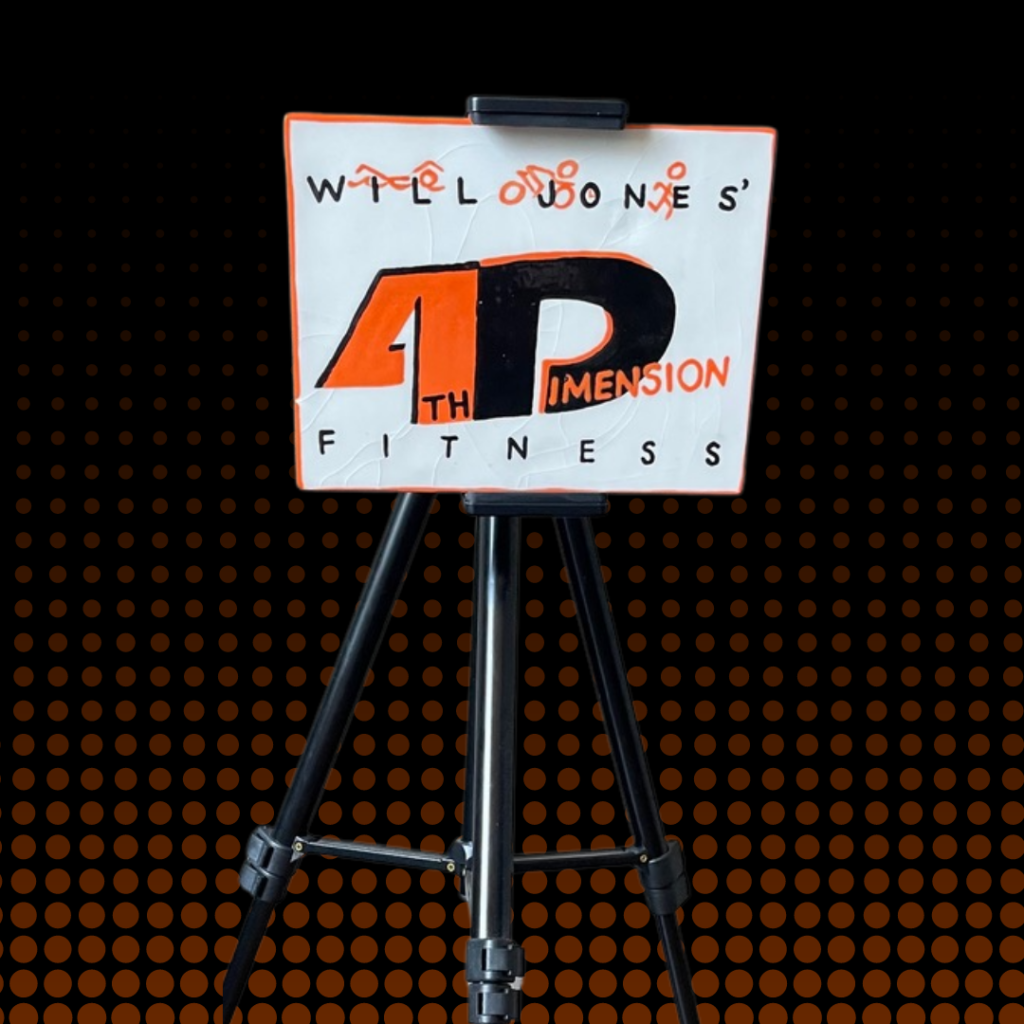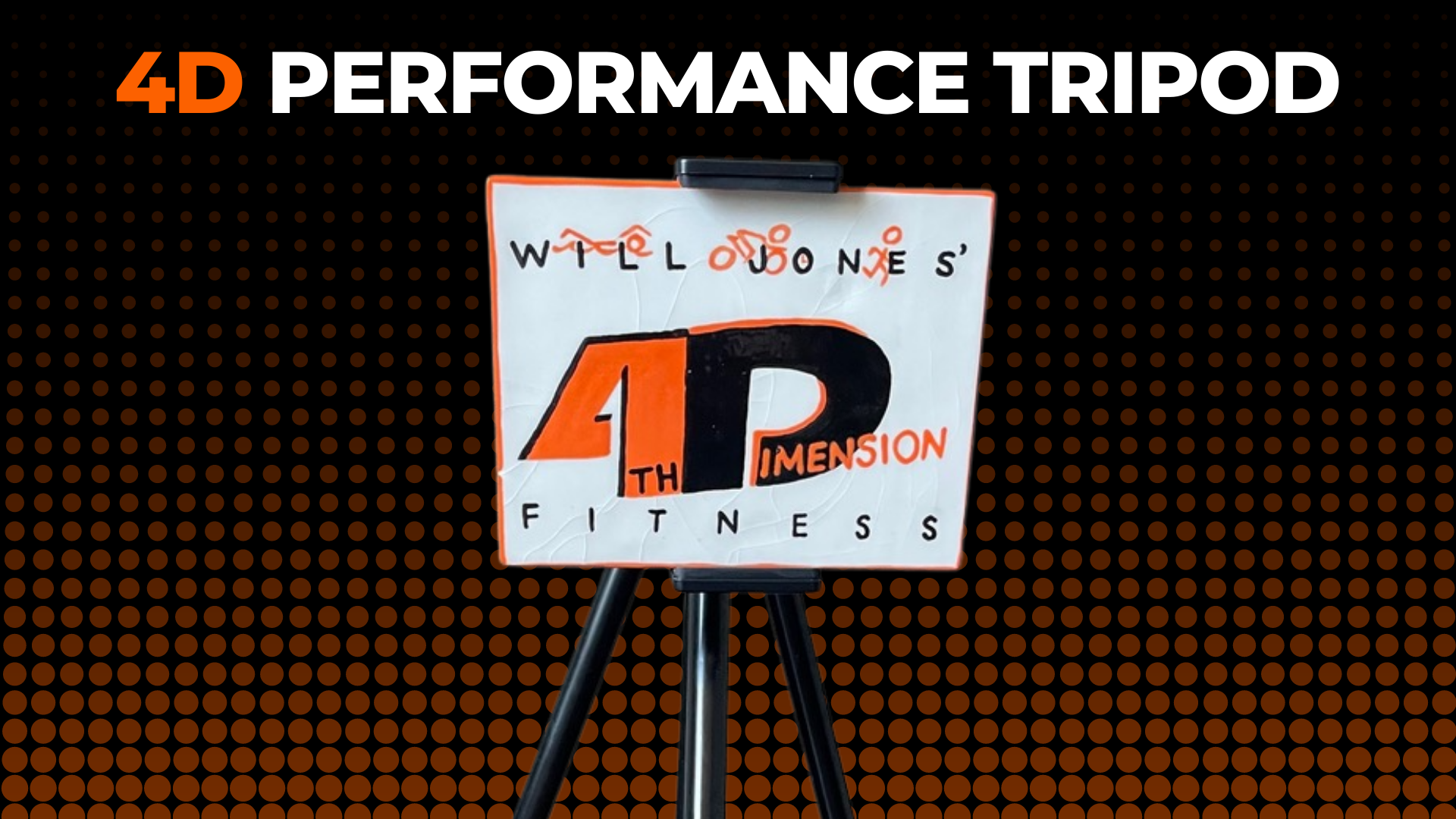
Performance metrics can be confusing and often people become too fixated on a single metric. Data is powerful but can also have its downfalls.
As athletes we need to be aware of the pros and cons of data and of course utilize it correctly.
It is very important to understand that data is based in math, and math is an exact science. Physiology has more grey area. I was having a conversation earlier today with an athlete and reminded him of George E P Box’s quote
“All models are wrong, but some are useful.”
If you are not sure what the data is telling you, start asking questions and look for trends.
For purposes of daily workouts, we have 3 main metrics that we use when prescribing them. They are:
- Rate of perceived exertion (RPE),
- Heart rate (HR), and
- Either power or pace (PP)
These are all related and should act as checks and balances to one another. This check and balance became the 4D Performance Tripod. In ideal conditions, all 3 legs of the tripod are in agreement, but once variables start to change such as temperature or humidity, they can begin to get out of sync. There will always be 2 legs that stay in proper agreement and those become the override to check the 3rd.
An easy and relatable example is running once it begins to warm up or on an extra humid morning. Your HR and RPE are letting you know that you are working hard but your PP is low. If you were just going by PP you would over work yourself and potentially set yourself back. Conversely if you were out for a ride and your HR and RPE were low you can push more to keep them on target. Recently in a race an athlete was focused on racing by HR but after the swim his HR stayed high even though RPE and PP were low on the bike, this is another variable and also an example where data can sometimes hold you back.
Understanding the check and balance of the performance tripod will allow you to properly adjust effort to stay within the proper intensity both training and racing.
Understanding trends in more long-term metrics like chronic training load (CTL) or heart rate variability (HRV) or resting heat rate (HRr) is something we can discuss in another blog. If you have any questions about any of this reach out to me here and I can present more detailed information.





